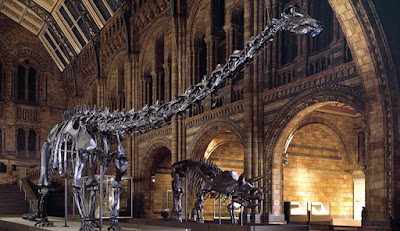Using adverbs can make our
writing more interesting to read.
They provide detail by describing other elements in the
sentence.
But what do they describe?
·
Verbs (action or doing words)
He quickly
ate his sandwich.
·
Adjectives (words that describe a
noun)
Tammy’s dress was really beautiful.
·
Other adverbs
Ben always played outside
·
A whole sentence
Glen went to the beach yesterday.
So, adverbs are very busy –
with so many things to describe.
Adverbs often give us information that answers
a question like:
·
How?
·
How often? or How much?
·
When?
·
Where?
This chart gives you an idea of some of the adverbs that can be used to answer these questions:
Can you think about some adverbs that
you could add to each list?
Personally, I don’t like chocolate…
And link information …however I detest sweets.
So, understanding what adverbs are
will help you to check whether you are using them in our work.
If you are, your writing will be more detailed thus more interesting
to read.
***
Consider these sentences. See how including adverbs makes them better. We can form a clearer
picture in our mind of what has been recorded.
Tommy ate a sandwich.
Tommy never ate a sandwich slowly.
Lucy answered the question.
Lucy nearly answered the
question correctly.
Jane sang.
Yesterday, Jane sang beautifully.
Today, Jane sang terribly!
The dog sat.
The dog sat there patiently.
Sometimes, it can be tricky to decide where to position an adverb in the sentence. There are some basic rules we
can apply.
·
When the adverb is
describing a verb it can go before or after the verb – choose the one that
sounds better.
John sings loudly. John loudly sings.
However, if the verb is directly linked to an object then place
the adverb before the verb:
Joe carefully put the candles
on the cake.
·
When describing an adjective, place the adverb before the adjective.
Lucy is extremely happy.
·
When referring to the whole sentence, the adverb generally comes at the beginning or the end of
the sentence:
Yesterday, I went to the beach.
I go on holiday every year.
·
When describing another adverb,
they can follow one another:
He walked into the room very loudly.
Or, they can be split:
Jack never ate quietly.
Try to pack extra information into your sentence so that your
reader can easily understand what you are trying to say.
Remember, adverbs make your
work more interesting to read.
There are lots of links on the internet that will help you to
use adverbs in your writing.
Why not play some of these games, and make your teachers very
happy when they see adverbs in your work!
Word Invasion – untick all options other than nouns,
adjectives, verbs and adverbs
Verb Explorer – to help you to identify verbs that you might
want to describe
Creepy verbs and adverbs
This post was written by Karen Crichton, one of our English tutors at Blackhen Education.
www.blackheneducation.com





















